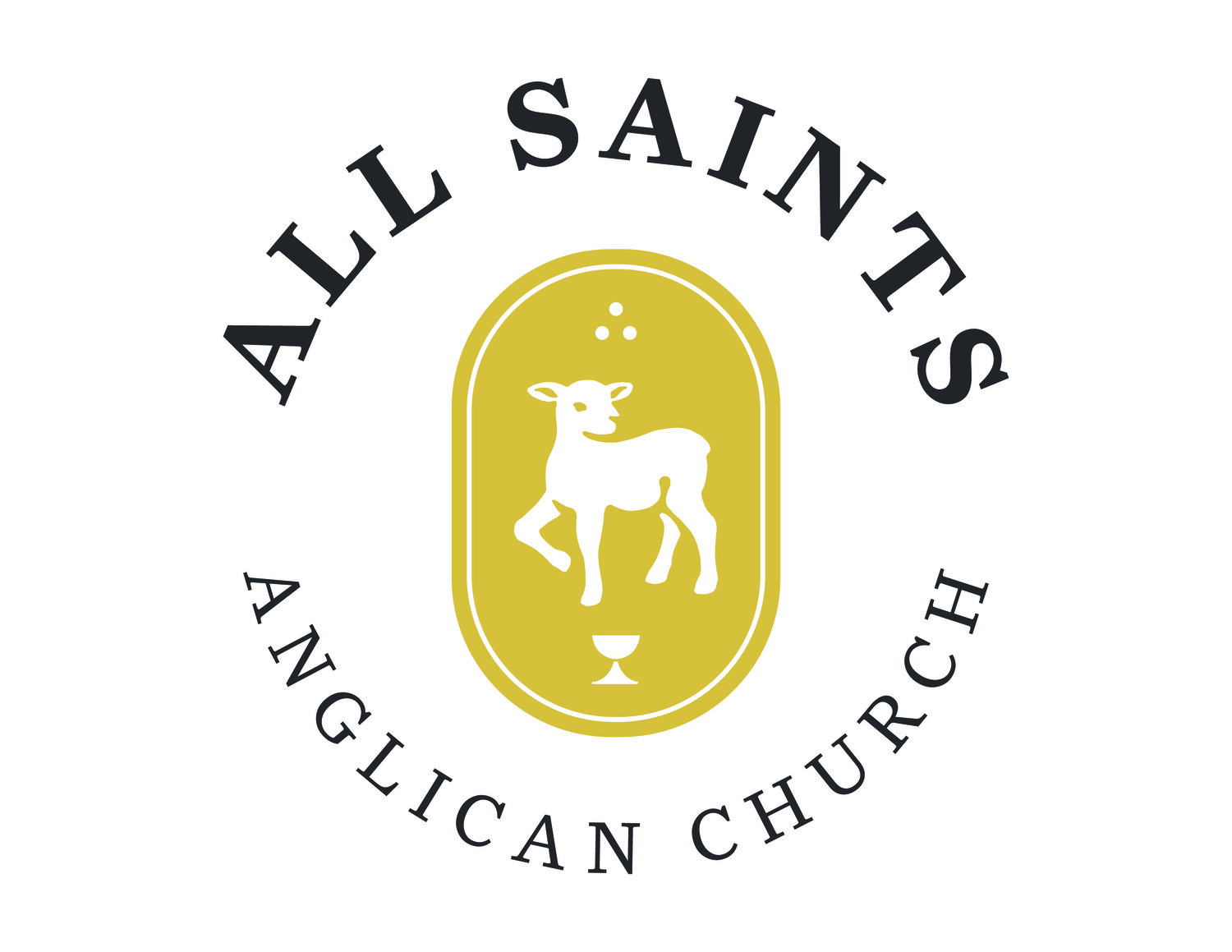Normally in an Anglican eucharist service, the Confession and Absolution occur in the “middle” of the service at the meeting of the “Word” portion and the “Table” portion of the liturgy. At All Saints, we do something a little different. We follow the pattern afforded to us on p. 139 for a “Penitential Rite” with the permission of our bishop. This service places the Confession and Absolution at the beginning of the service, immediately following the Acclamation.
While I by no means plan to argue (in the short entry that follows) that this is they way every Anglican service should be ordered, I do want to offer briefly a reflection on the first 3 chapters of Leviticus, which detail the pattern of drawing near to God in worship. In this reflection I hope to offer one way of understanding the “why” behind the way we worship at All Saints:
The Hebrew title of Leviticus weyiqrah comes from the first word of the book: “Draw near”. It is a book all about drawing near to God. When Israel draws near to Yahweh, this drawing near proceeds in a threefold pattern of sacrifice: burnt offering (Lev. 1), tribute offering (Lev. 2), fellowship offering (Lev. 3). These are offered in sequence upon the alter, each burned in the ashes following the previous gift.
The atonement offering (Lev. 1) does just that —atones for sin. The worshipper lays hands on the creature, sin is imputed upon it, and the whole offering is burnt. This reminds us that outside of the Garden the thing that stands between God and humanity is an angel with a flaming sword (Gen. 3.24). The road to fellowship with Yahweh runs through the cutting and burning of that Angel’s sword. Thus the altar and Levitical knife, a cutting and burning.
Tabernacle worship then proceeds by the tribute offering (Lev. 2): Now at peace with God, God having atoned for sins by blood, the worshiper brings gifts: grain, wine, incense. These are the glad gifts given to Yahweh —a portion of which is consumed by the flames and the rest given to provide for the Levite households. The Hebrew word used here, minchah, means ‘tribute-gift’ and features elsewhere in Scripture, chiefly when gifts or tribute are given to kings and rulers. Yahweh is the good king who have given everything to Israel, and now Israel brings a portion of that gift back to Yahweh. Of particular importance is the incense whose Hebrew word is related to the word for bricks —like the ones Israel had once baked in Babel and then again in Egypt. Frankincense in the ancient world came molded in bricks or blocks, thus deepening the connection. Yahweh is the good king who not only gives good gifts but also the one who delivers us from the house of slavery and from the land of brick-slavery. We come into his presence, are delivered from our sins, and offer him tribute. But, ah, look what happens here: Yahweh doesn’t consume all of the tribute. He is not a greedy king. Only a small “fistful” is consumed by fire. The rest is given “served” to the servants of his house.
It is important to note the order: atonement first, tribute second. Why? Because if the order were reversed the message would change. Instead of our gifts, “the works of our hands”, being a response to the prior grace of God, it would appear that it is by our gifts that we merit the grace of God. This, I think, is what lies behind God’s displeasure of Cain’s sacrifice: he brought gifts the fruit of his hands to purchase entry into God’s presence (Gen. 4.5). But it doesn’t work that way. The Song of Songs warns us that we cannot buy love, and any attempt to do so renders the gift “utterly scornful” (8.7). We can and should however, once “on the other side” of atoning love, give gifts: “the fruit of my vineyard is yours Solomon” and can give it also to those who serve and keep it for him (cf. Songs 8.12).
Finally, after atonement and tribute, we feast with Yahweh. The third in the Levitical sequence of regular offerings is a meal cooked with and shared between God and humanity (Lev. 3). Some of it is consumed, transformed by fire and ascending in smoke into the glory cloud that rested above the tabernacle, and the rest eaten by those gathered around.
And so, while the tabernacle system has been fulfilled in Christ (who is the atonement for our sins), we still mark the pattern established by God for our drawing near to him: we receive forgiveness (Confession and Absolution), we give him gifts (Tithes and Offerings, a portion of the gifts he’s first given to us), and then we eat with Him as his Table (Holy communion).
At its core we see that biblical worship has always been about eating with God. That idea is not a merely “New Testament” invention. God put Adam and Eve in a world of food their worshiping life was inextricably bound up in their transformation and consumption of the meal God had set before them. Their Fall was concerned with rejecting the Feast and feasting instead with the Serpent. Outside the Garden Israel worshiped Yahweh at the feat prepared by the fire of the altar after coming through the atoning work of the first sacrifice. Now, after the death and resurrection of Christ, we draw near to God to feast at his Table, but now there is no fiery sword, no burning altar. Hear we freely confess and hear the gospel proclamation that Christ has once and for all made atonement for sin. Then, we gladly give gifts to God and feast freely at the Table.


